10 Ways South Africa Changed After The End Of Apartheid
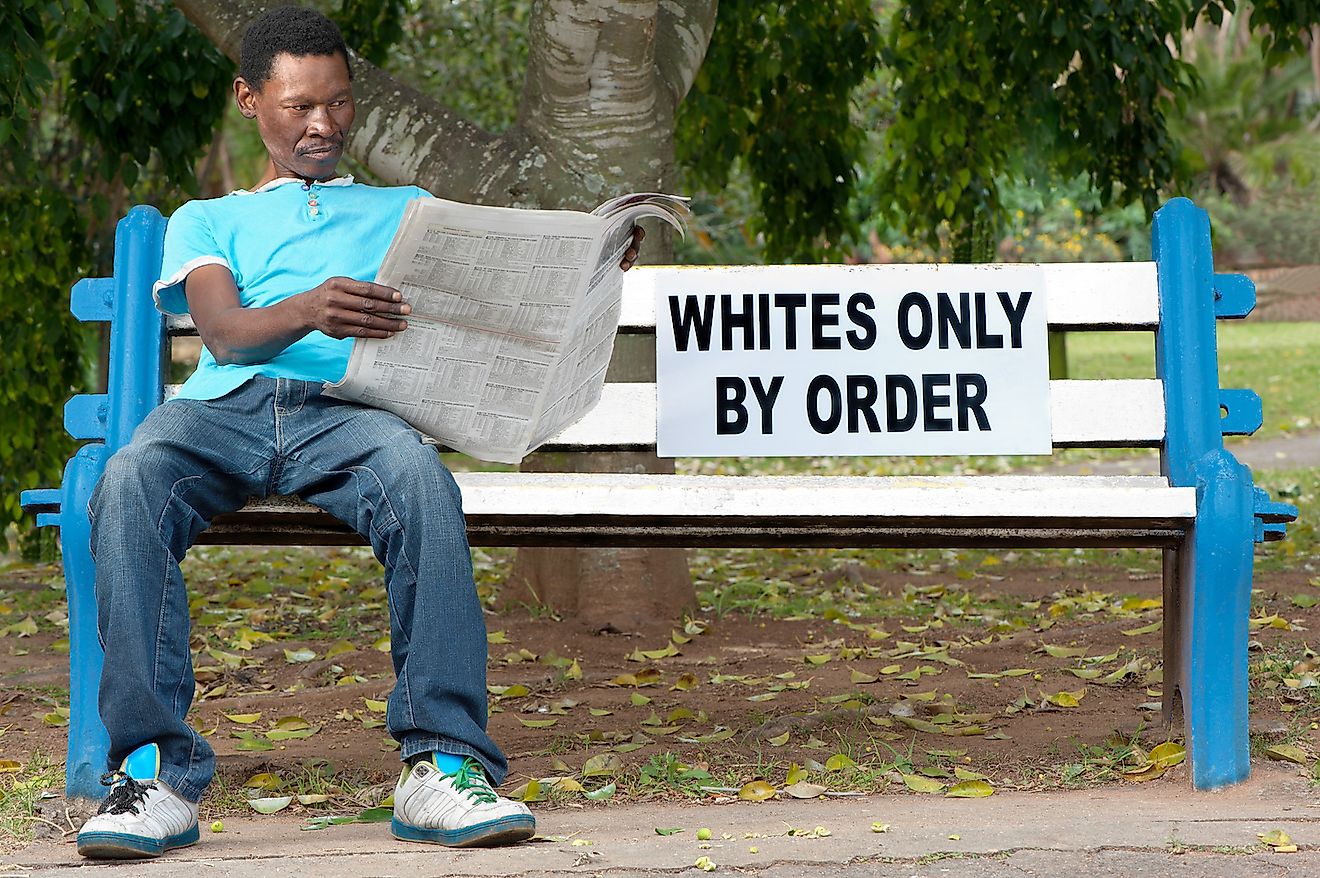
- President F.W. de Klerk and Nelson Mandela won the Nobel Peace Prize for creating South Africas' new constitution.
- Segregation laws were enacted decades before apartheid in 1948.
- Apartheid is pronounced “uh·paar·taid” in American English.
Aparthied (pronounced in American English as “uh·paar·taid”) was a system of practices and policies to racially segregate South Africans and South West Africans (today, Namibia). Apartheid translates to “apartness” in Afrikaans, the primary language in South Africa. Beginning in 1948 and continuing to 1990, Apartheid policies were targeted at non-white South Africans.
South Africa’s National Party was elected to power in 1948, and with that transition of power, Apartheid policies were enacted. However, the daily lives and cultural identities of South Africans changed rapidly when apartheid ended.
10. New Constitution
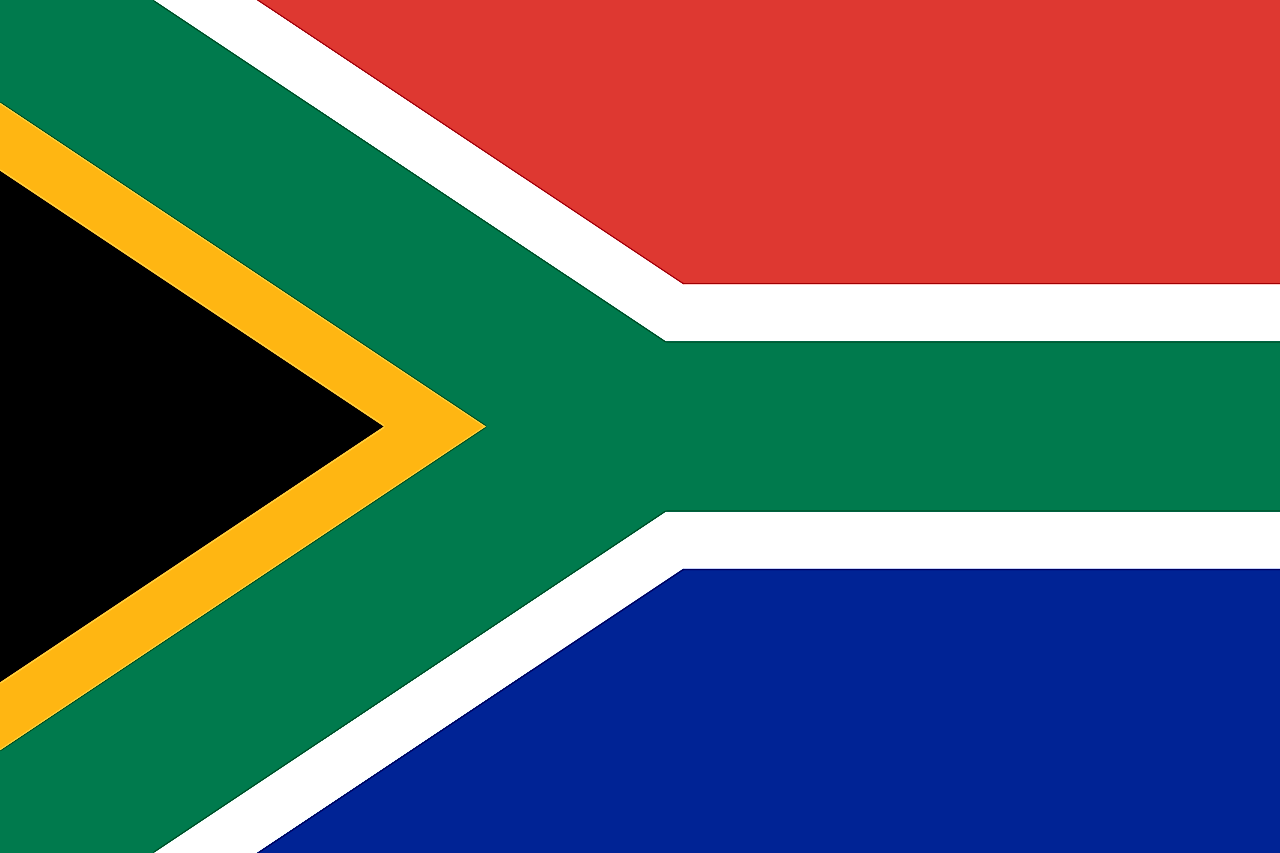
F.W. de Klerk and Nelson Mandelas’ new South African constitution, finalized in 1993, provides the framework for the reversal of apartheid law. Mandela and de Klerk won the Nobel Prize in 1993 for their massive efforts to reform South Africa and remove the institutionalized racism of aparthied rule. Many laws had been practically abandoned in the previous years, but the new document entrenched the rights of South Africans. The primary tenet is human dignity, something apartheid had endeavored to strip from non-white South Africans, would be restored with its fall.
9. Land Ownership
One of the central concerns of Nelson Mandela’s African National Congress was to reverse the radically unequal laws concerning land ownership. Under apartheid, policy made it nearly impossible for non-white South Africans to own land. Under the Group Areas Act of 1950, non-white South Africans were relocated to areas of land designated for specific groups. They were not allowed to own this land, only rent it. Profitable land was seized by the government and sold at very low prices to white individuals. The original Group Areas Act was repealed in 1957, but only to be replaced nearly annually with similar laws that would continue until the end of apartheid.
8. Freedom of Movement
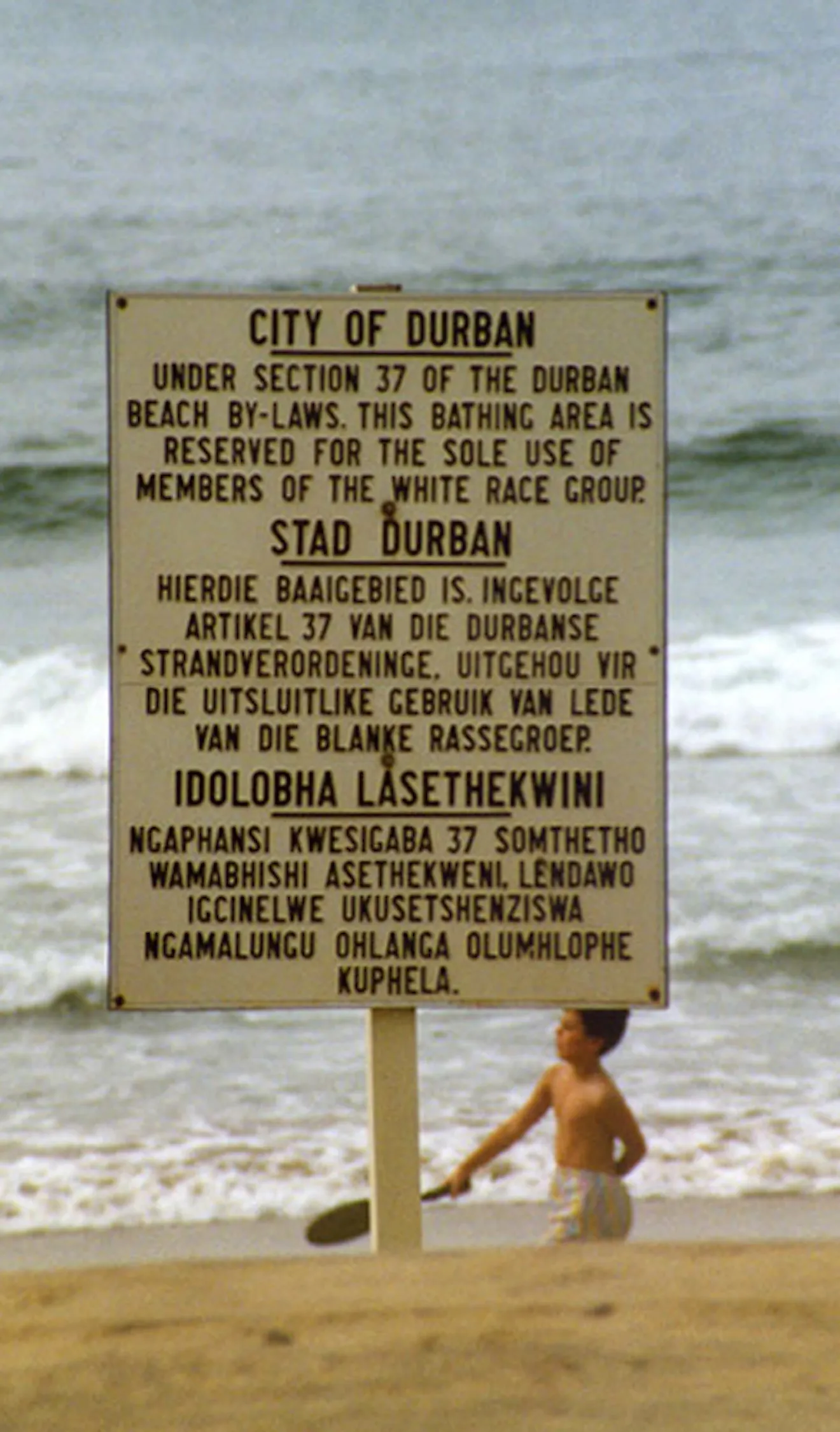
“Pass laws” were a series of decrees by the apartheid government that restricted the ability of non-white South Africans to move freely about the country, and access areas that had been restricted to them. The majority of South Africans were required to carry passes and show them upon request, or be subject to strict and harsh punishment. These passes were used as a means to further marginalize and inhibit the ability of non-white groups to prosper. Refusal to carry passes was used as a signal of resistance to apartheid laws, and as a method of non-violent civil rebellion.
7. Marriage Laws
The end of apartheid lifted the illegality of inter-racial marriages that had become law with the Prohibition of Mixed Marriages Act of 1949. Not only did the act make it a punishable offence for two individuals of different racial backgrounds to be married, but also a criminal act for an official to perform the marriage ceremony. Political support for this policy began to wane in the late 1970’s, and although there were still people being convicted under this legislation during that time, those numbers began to decline well before apartheid ended.
6. Public Spaces
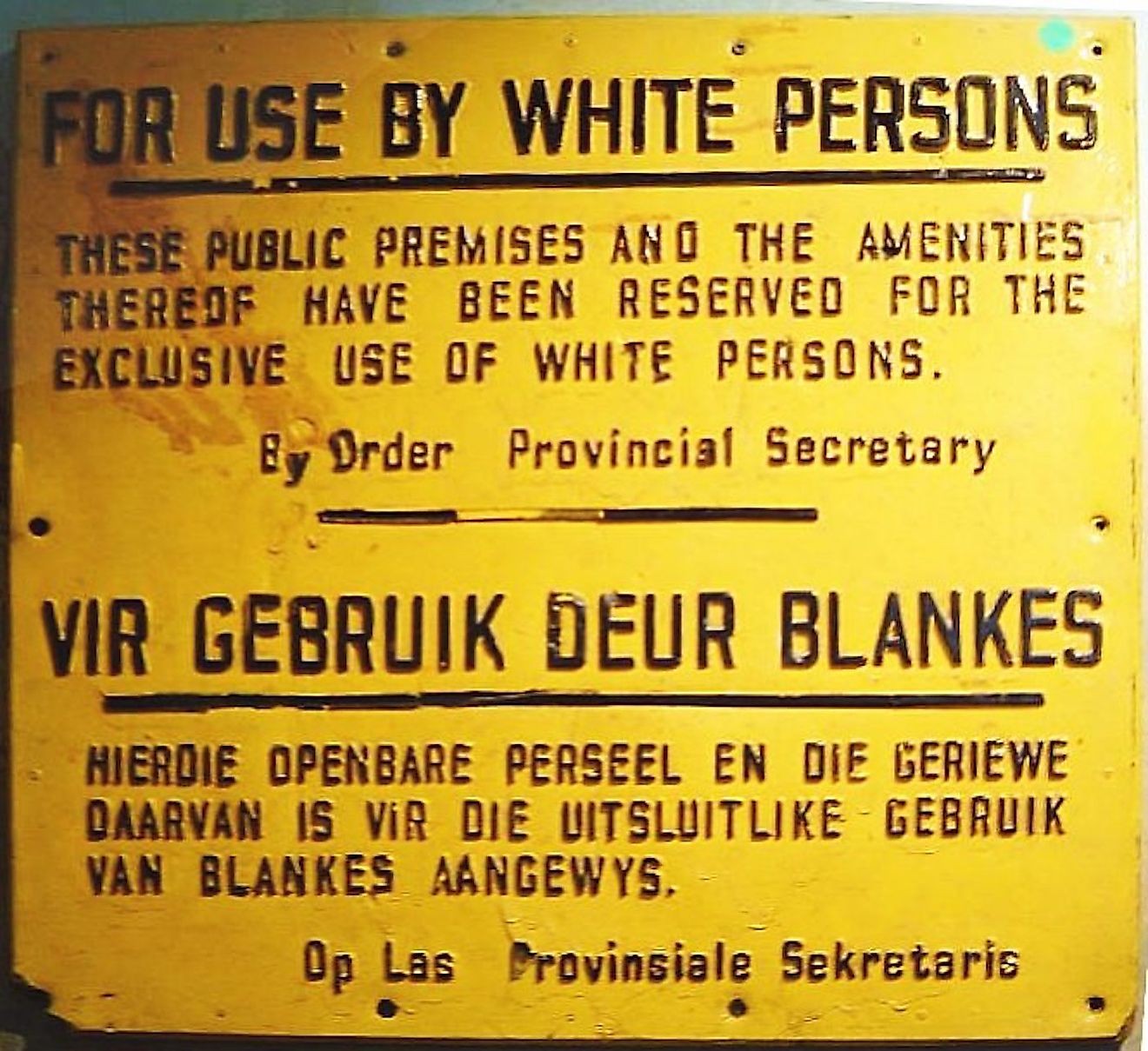
Access to public spaces and services like parks, transportation, restrooms, retail establishments, etc., was heavily curtailed under apartheid. While pass laws made it extremely difficult for non-white South Africans to move between cities and districts, laws banning access to public facilities and spaces made it even more difficult for the non-white population to work and access basic necessities. The end of apartheid rule made daily life more open and available to non-white South Africans, allowing more opportunity to thrive, create community, and begin reversing the systemic racism of apartheid.
5. Urban/Rural Separation
Similar to the reinstatement of the rights of non-white South Africans to own land was the repeal of restrictions that essentially barred them from dwelling in urban areas. The ideals of colonialism underpin the reason for this policy, mainly the belief that white colonists had the right to seize control of land and subjugate its population. Under apartheid rule, “non-Europeans”, in the terminology of the time, were forcibly relocated to areas outside of urban centres. Cities were designated for wealthy “Europeans” only. Should a non-white South African travel from a rural to urban area, they were required to obtain a permit to do so. While these barriers have been officially removed, they still exist both socially and physically in the layout of major urban centers in South Africa.
4. Cultural Integration
The legalised racism of apartheid was meant to suppress non-white South Africans economically, socially, and culturally. The mindset of the time was that the minority white population could retain their control over the country by marginalizing the majority non-white population. This was done physically with the Group Areas Act, but there was a cultural distancing facet to this law as well that was very purposeful. If groups were not only isolated from the white population, but from each other, there was less chance that the non-white population would come together against the ruling group. This resulted in disconnected cultural groups, and the abolishment of apartheid allowed for these populations to come together again.
3. Voting Amendments
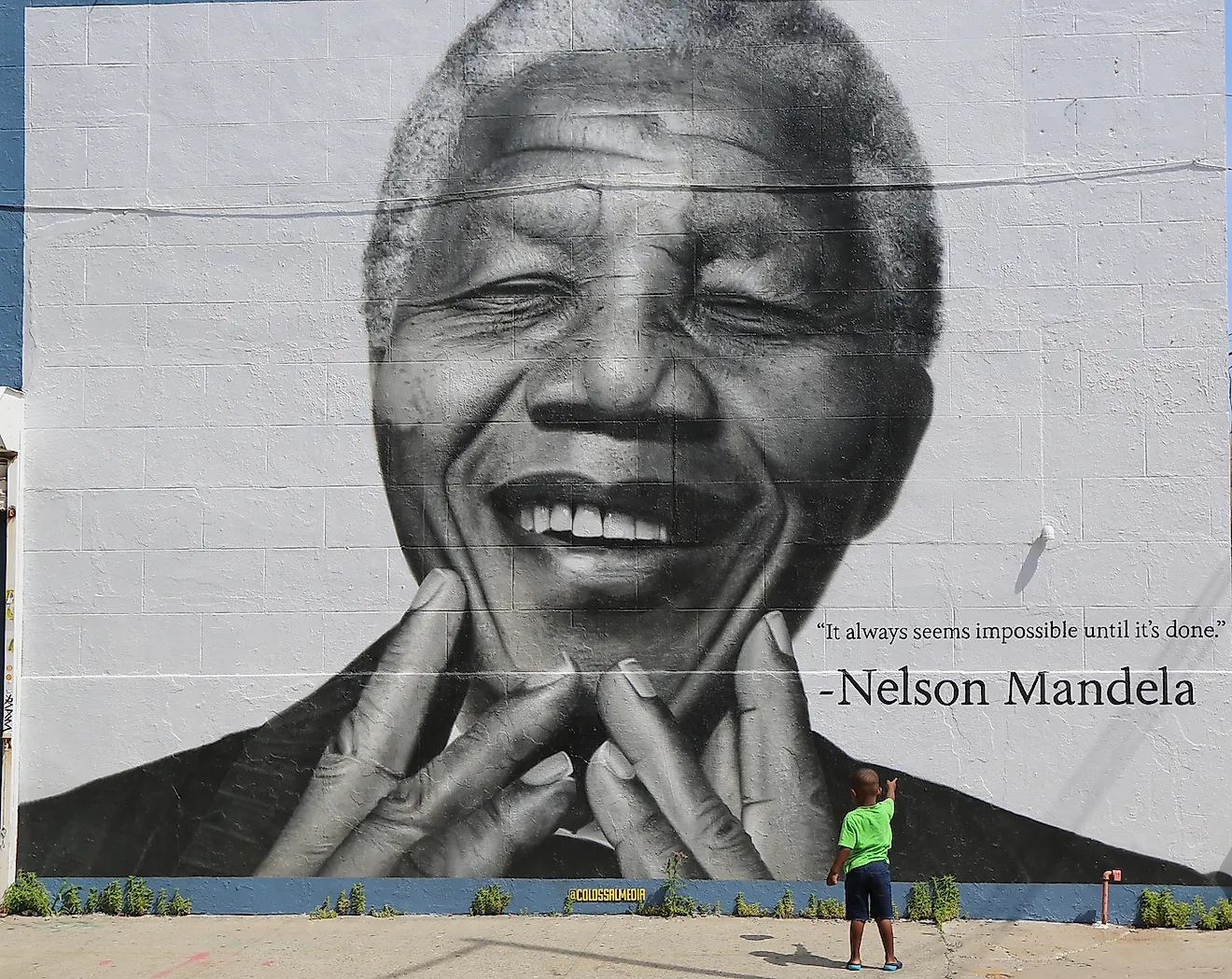
Another cornerstone of apartheid was removing the abiltiy of non-white South Africans to vote in general elections. The Electoral Laws Amendment Act of 1940 and the Separate Representation of Voters Act of 1951 stripped the voting rights of non-white citizens, further hapmering the ability of non-white people to resist their systemic oppression. The first democratic election following the abolishment of apartheid was held in 1994 and won by Nelson Mandela.
2. Freedom of Speech
Allowing dissent is one of the foundations of democracy. Similarly, the suppression of freedom of speech is a foundation of dictatorship. During apartheid, the government institutionalized means to punish non-white South Africans if they spoke against the government. Subversive groups were active during apartheid, but risked brutal consequences for expressing opposition views. Nelson Mandela was a key figure in the battle for free speech, and remains a global icon to this day.
1. Government Corruption
Corruption in governments is difficult to measure; confirmed cases of corruption are diminutive in contrast to the untrackable. By nature, public sector corruption is hidden, and in a dictatorship what would generally be considered corruption is routine operation. Transparency International is a non-profit organization that indexes the perceived level of corruption in 180 countries. Interestingly, perception of corruption in government is on the rise since the end of apartheid. South Africa was ranked in the 40s out of 180 for several years, and has since moved to 70 of 180 of the world’s most corrupt countries.











